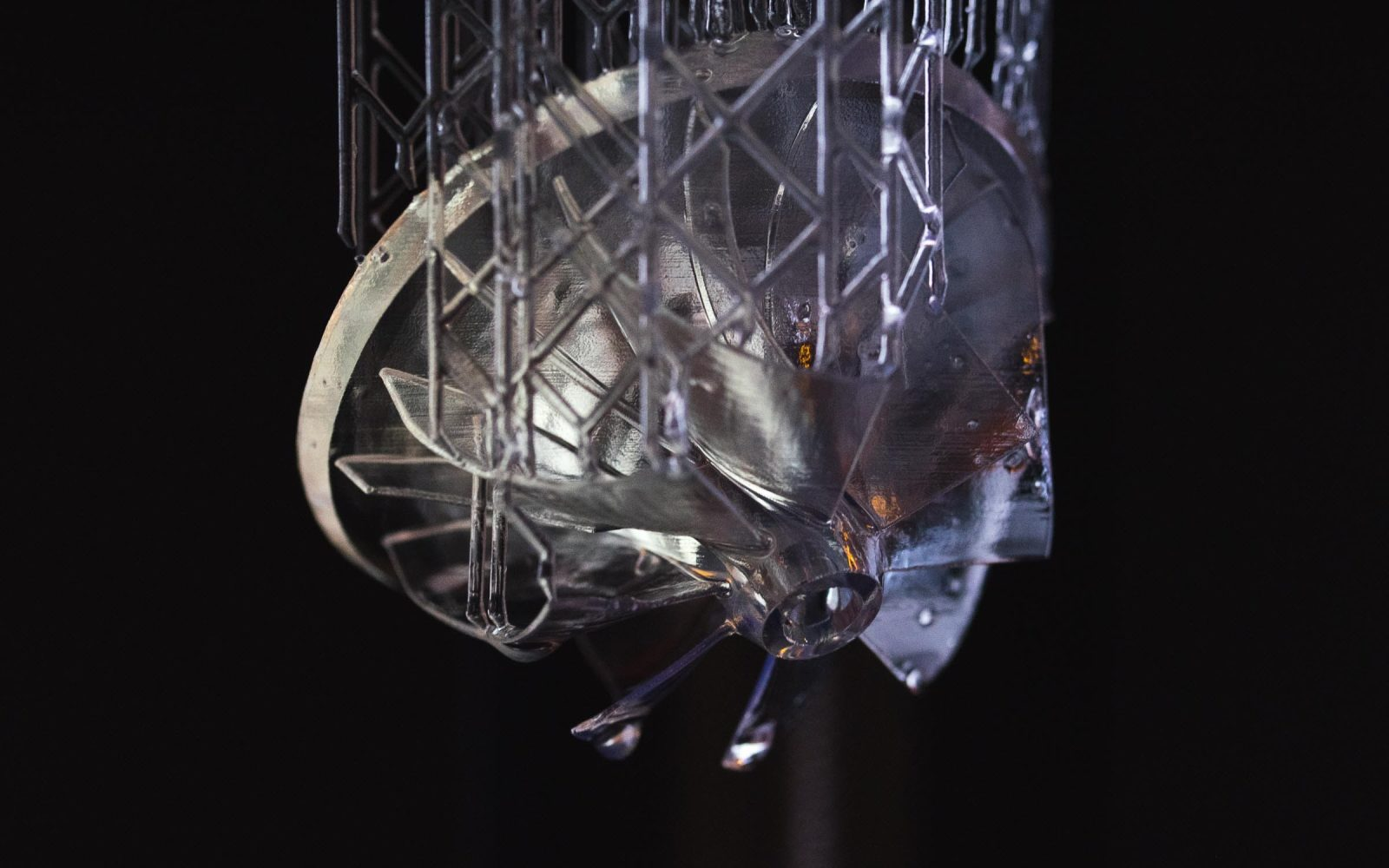After you have decided to use 3D printing as the manufacturing method for your designs instead of a CNC quote, you will have to make more decisions. For example, you will have to think about the filament you want to use, but also about the 3D printing technique of your choice. Here you have a ton of options, including SLA and DLP. Overall SLA 3D printing is very popular, although this is also the case when looking at DLP. Below you can learn more about these two techniques.
Acronyms
SLA stands for laser-based stereolithography, while DLP is the abbreviation of digital light processing. These two principles actually do not differ that much from each other, but they each provide a different result. In order to understand the difference between the two principles, it is a good idea to analyze these two techniques in detail. This way you can better know what to expect from both. In this way you can also make the most of both principles and improve your own results when using these two 3D printing techniques.
Origins
The word stereolithography comes from the Greek words “stereo”, meaning solid, and “(photo) lithography”, meaning writing with light on a stone. In 3D printing, this is exactly what stereolithography does: it creates solids using light. The SLA technology actually uses light to transform liquid resin layer by layer into a solid product. By definition, both the laser-based SLA and DLP are forms of stereolithography, but layering using a laser can work completely differently because it works with a flat image.
Laser-based SLA and DLP
With both SLA and DLP, a vessel of photoreactive liquid resin is selectively exposed to the light to form very thin solid layers that are piled up until a product is formed. SLA uses two motors, the so-called galvanometers. One is located on the X-axis, while the other one is on the Y-axis. These quickly direct a laser beam across the print area, which solidifies the resin. This process breaks down the design, layer by layer, into a series of points and lines that are passed to the galvanometers as a series of coordinates. DLP instead uses a digital projector screen to project a single image from each layer simultaneously across the entire platform. Since the projector is a digital screen, the image of each layer is composed of square pixels, resulting in a layer formed of rectangular blocks called voxels. The fact that these two 3D printing techniques use different shapes makes it difficult to compare them numerically.
Volume versus speed
The DLP technique can achieve a faster print speed for some parts than SLA, because each layer is exposed to the light all at once instead of being processed with the laser each time. This higher print speed applies in two cases. For large, fully dense prints, where the print will fill most of the platform. This makes each layer faster than if a laser had been used. For very small, finely detailed prints, it becomes possible to exchange projector lenses according to the area where the layers are built up. This way, a small amount of light can be used for these small layers that build up faster. Although printing a full volume with DLP is faster, resolution of course affects the surface finish. This is the case with both large parts and wholes of many smaller, finely detailed parts. With DLP, the resolution depends on the projector because it determines how many pixels or voxels are available. These 3D printers are therefore limited by pixel size.





